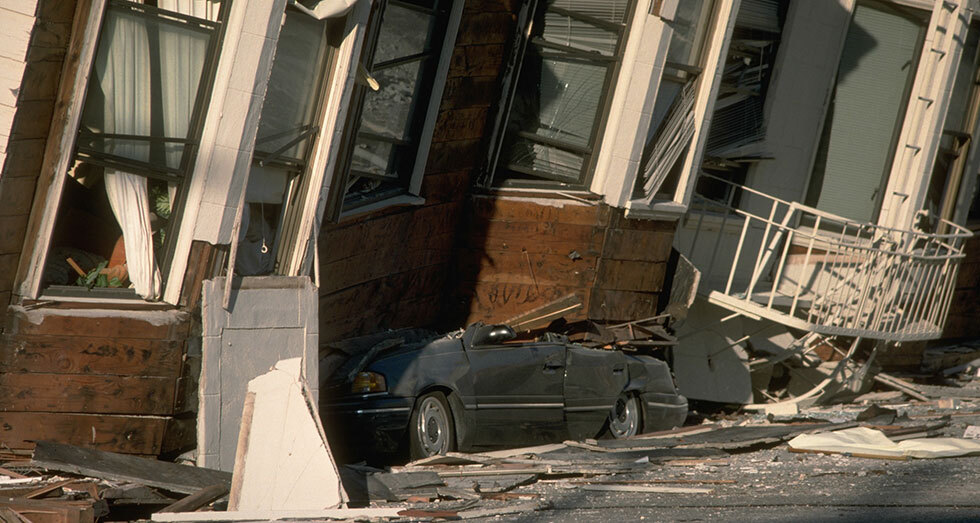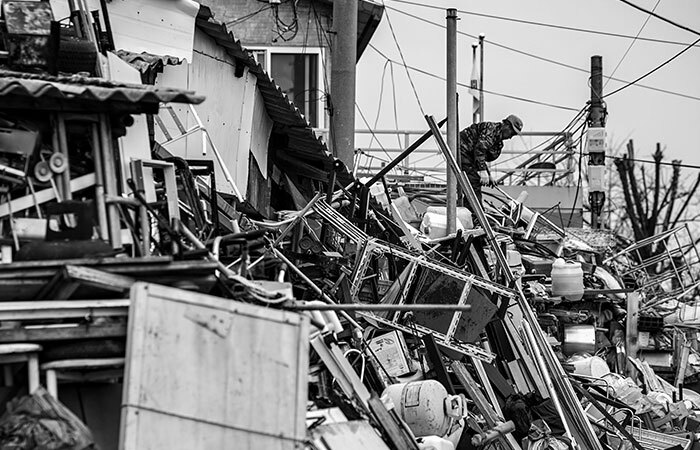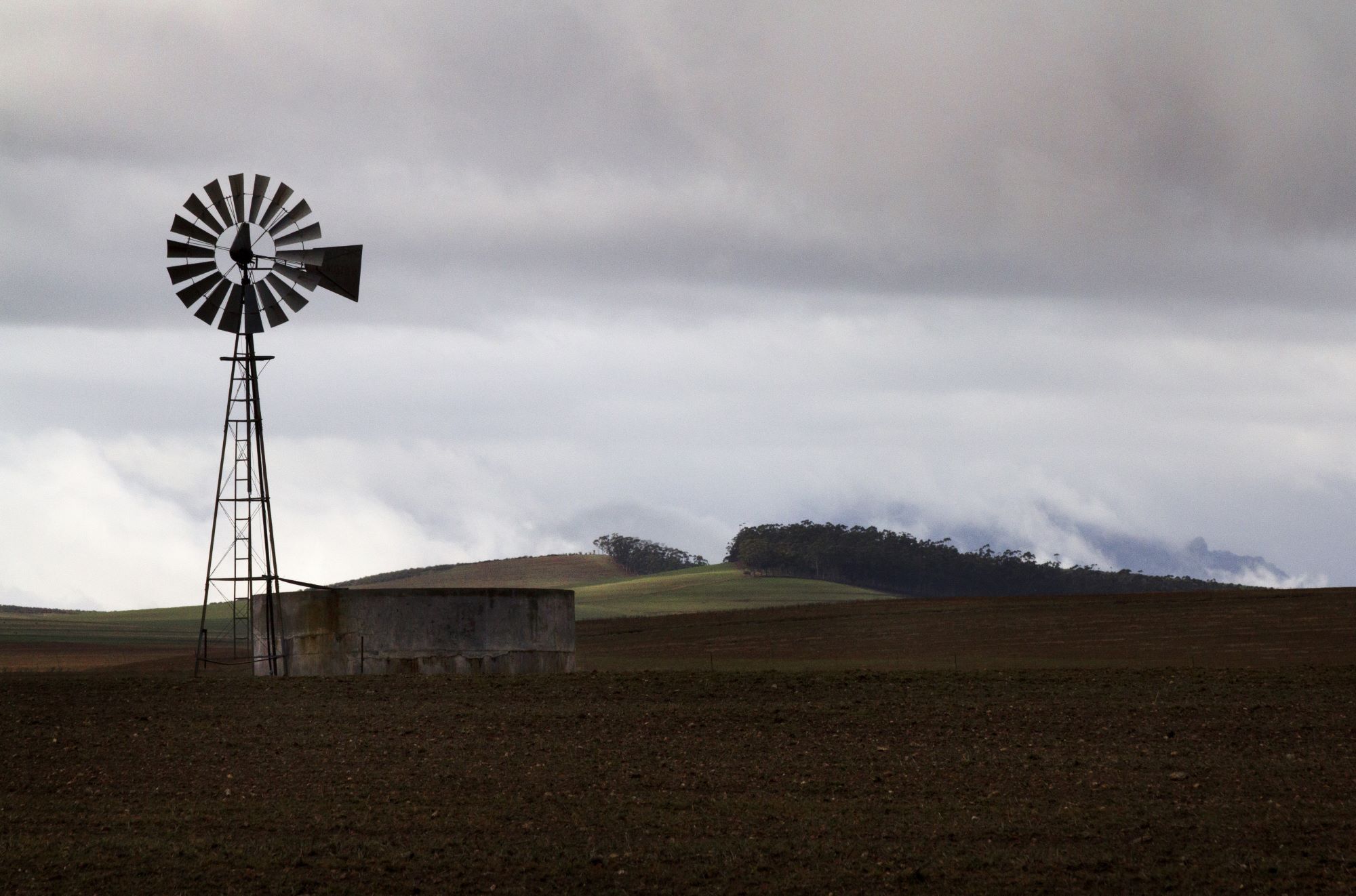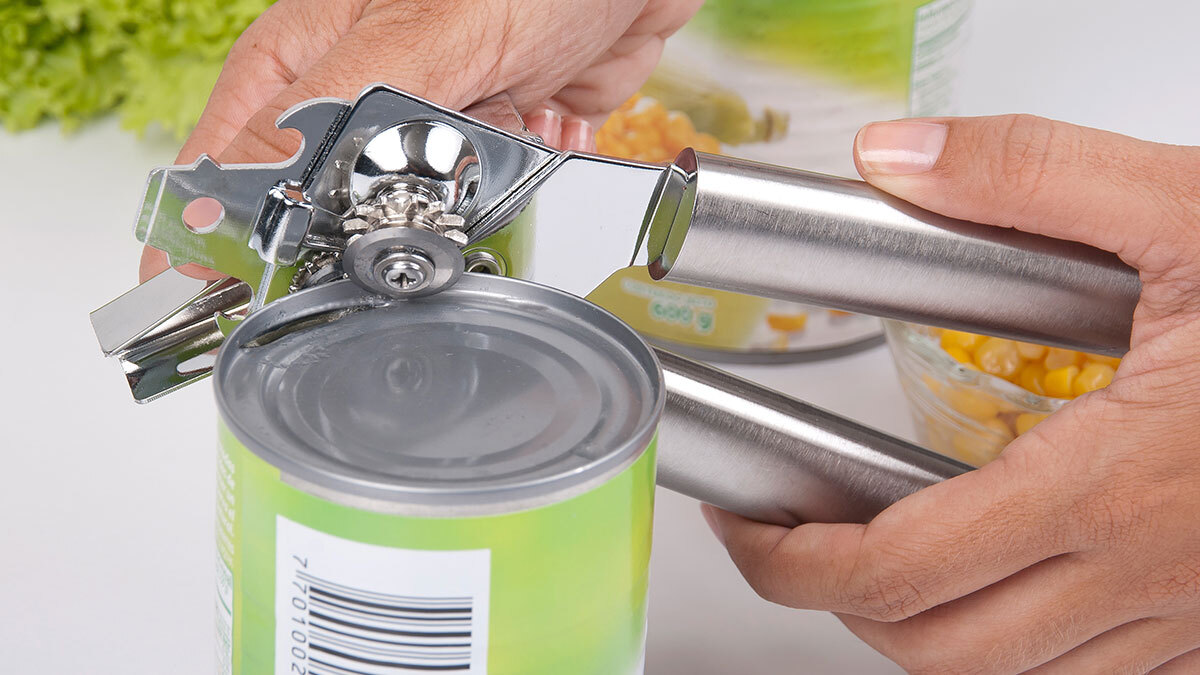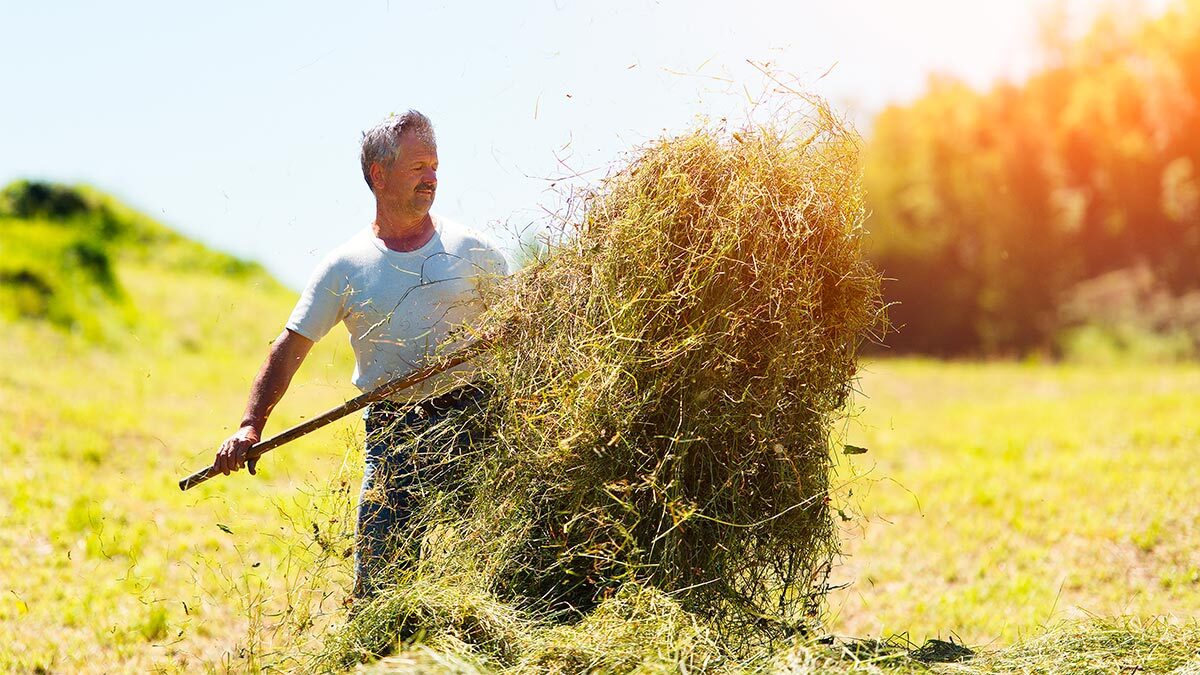on
Violent winds trapped in caves underground. The earth sick with fever and chills. A giant dog stopping to scratch his fleas.
Our ancestors had some wild explanations for where earthquakes come from—lots of them persisted until just a few hundred years ago.
And despite modern geology, there are still plenty of myths about earthquakes today. They may not involve gods and colossal animals, but they can cause every bit as much trouble when preparing for these epic natural disasters.
Here are a few the big ones we all need to let go of:
The Ground Can Open Up and Swallow Large Objects
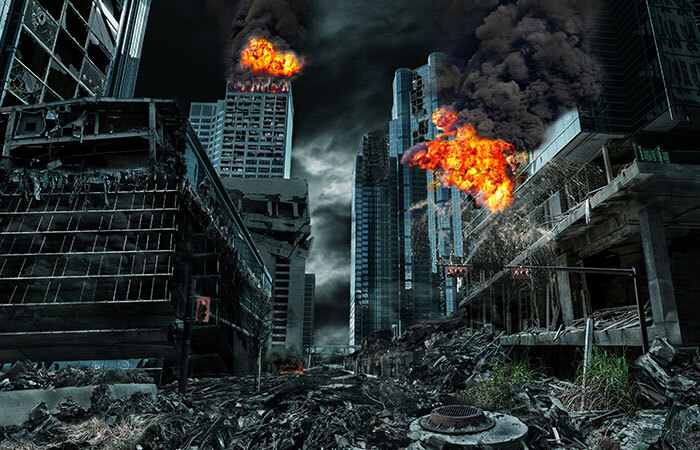
Most experts agree that it’s not possible for the earth to open so wide that it can swallow objects like people, cars, and buildings—sorry Dwayne the Rock Johnson!
According to the United States Geological Survey (USGS):
Shallow crevasses can form during earthquake-induced landslides, lateral spreads, or from other types of ground failures, but faults do not open up during an earthquake. An earthquake occurs when two blocks of the earth’s crust slide past one another after having been stuck together in one place for a long time, because of friction on the fault, while the rest of the crust away from the edges has been slowly moving. If a fault could open up, no earthquake would occur in the first place because there would be no friction locking the two blocks together. [emphasis added]
Now…having said that, there has been some recent disagreement over this long-held axiom of geology. Experimental research conducted a few years ago at Caltech University and appearing in the journal Nature showed that geological formations called “thrust faults” propagate upward and open gaps in the surface of the earth as wide as 160 feet and then snap shut. (There’s some nightmare fuel for you!)
Before we go getting too concerned, even the Caltech researchers stated that the incidents observed occurred out in the ocean. To date there are no documented cases of crevasses of that scale opening and swallowing up people or buildings, do don’t worry about this scenario when planning earthquake preparedness.
The Safest Place to Be in an Earthquake Is under a Doorframe
Many of us who grew up in the American West were taught to run for a doorway if an earthquake ever hit. The idea was that door frames were structurally stronger than other parts of a building and wouldn’t collapse under the force of shaking.
Come to find out, that may not be the best advice.
There are plenty of examples of old adobe homes in California flattened by earthquakes, with just the doorframes left standing. But a doorway is your best bet for protection only if you live in an old, unreinforced home. As the University of Washington Department of Emergency Management puts it, “In modern houses, the doorways are no stronger than any other part of the house, and the doorway does not protect you from the most likely source of injury – falling or flying objects…you are safer under a table.”
All I Need to Prepare for an Earthquake is a 72-Hour Kit
Sometimes living in the middle of a city or suburb gives us a false sense of security when it comes to natural disaster preparedness. It’s hard to imagine being cut from life’s core necessities when there’s a Walmart Supercenter within easy driving distance of your house.
But a major earthquake can make even the simplest of tasks—like getting food and water in the middle of town—impossible. If roads are cut by even a moderate fault scarp, transportation, power, and water could easily be completely severed. Places that are only a few minutes away by car can take hours to walk to take you through dangerous aftermath terrain.
Severed roads and underground water and power lines take much longer than 72 hours to repair. And in major disaster zones, emergency help can take well over a week to reach you. It’s why organizations like FEMA have upped their emergency preparation recommendation from a 72-hour kit to a two-week kit. If you’re smart, you’ll stock up on at least three months of emergency food, water, and gear.
My Insurance Policy Will Cover Any Damage
For those of us who’ve dealt with big insurance claims, it’s hard not wince at this statement. Insurance companies are not charities, they’re businesses. Their biggest commitment is to their bottom line, and that gets tricky when it comes to natural disasters—which have suddenly transformed into multi-billion-dollar events.
According to Katherine R. H. Wagner, fellow at the Stanford Institute for Economic Policy Research, “a single natural disaster could bankrupt insurance companies,” which is why some are getting skittish of even offering natural disaster insurance.
Image Credits
“25 Years Since Loma Prieta Earthquake” by U.S. Geological Survey is marked under CC0 1.0. To view the terms, visit https://creativecommons.org/licenses/cc0/1.0/
Get access to premium content and more!



